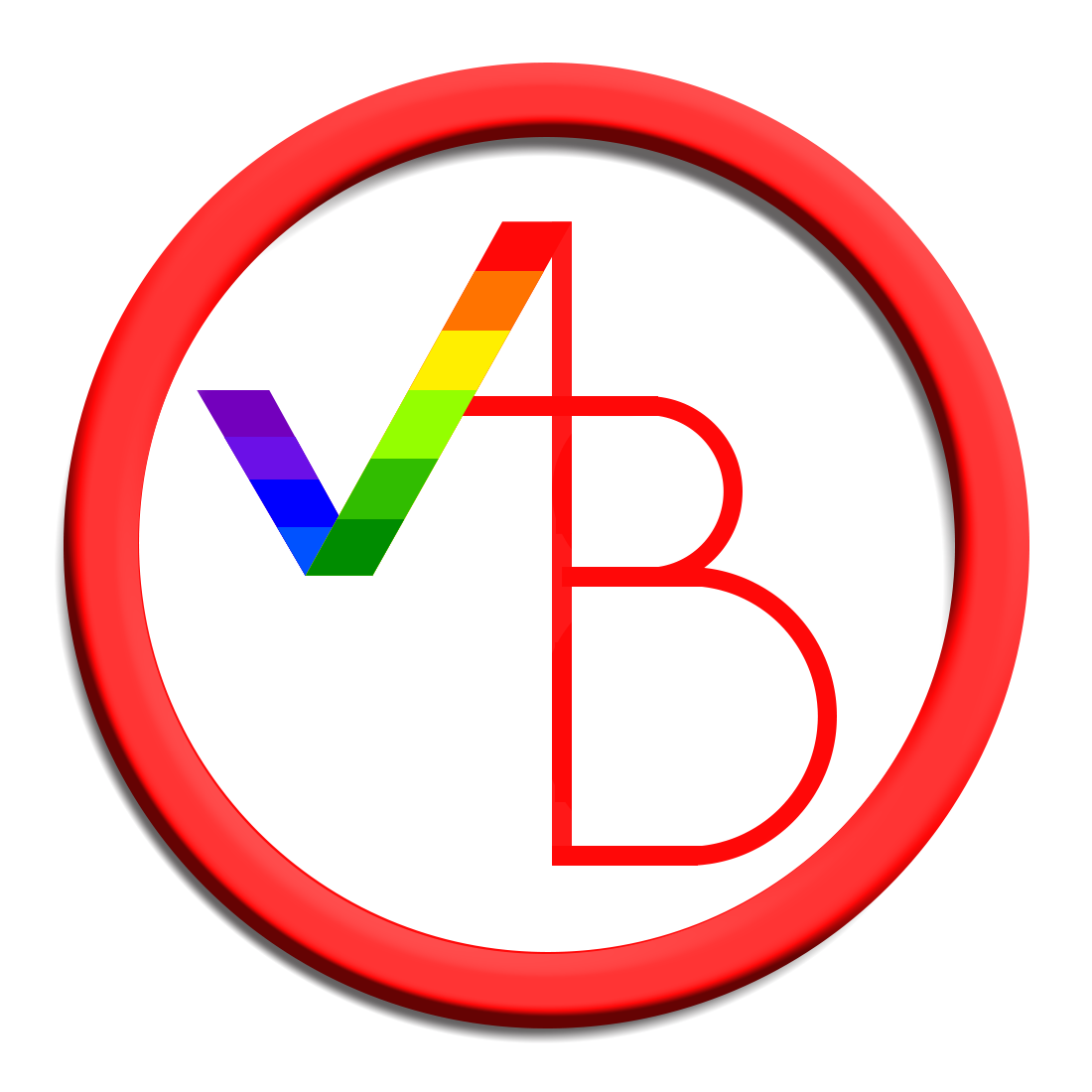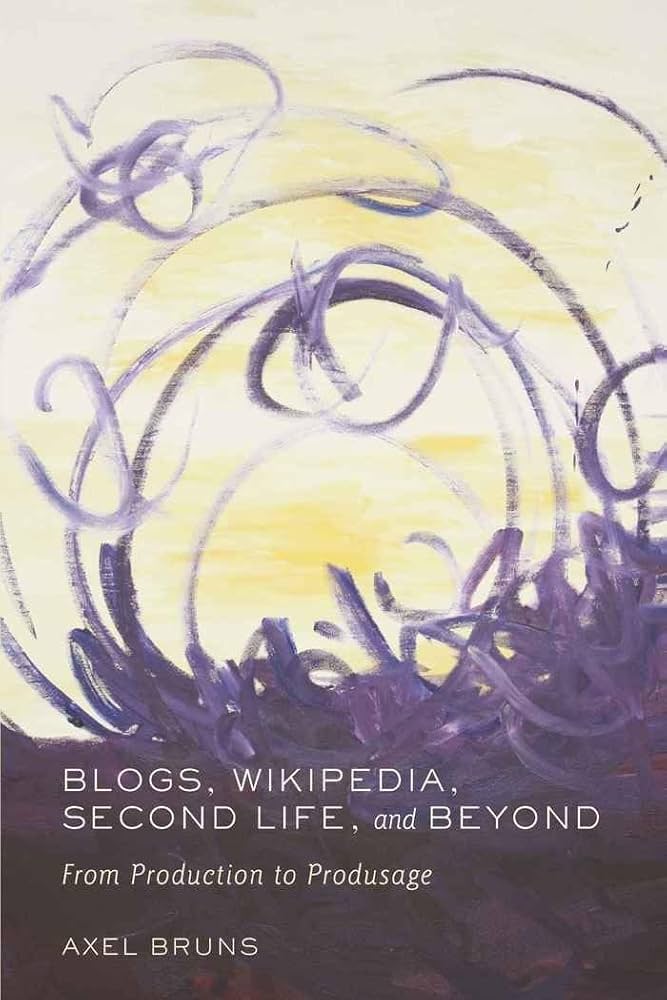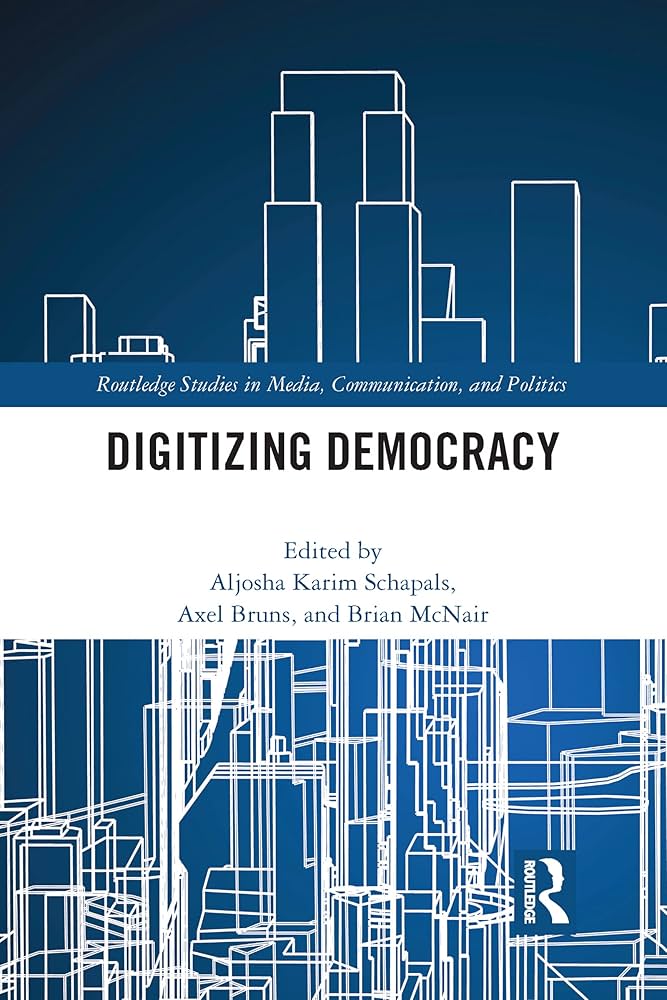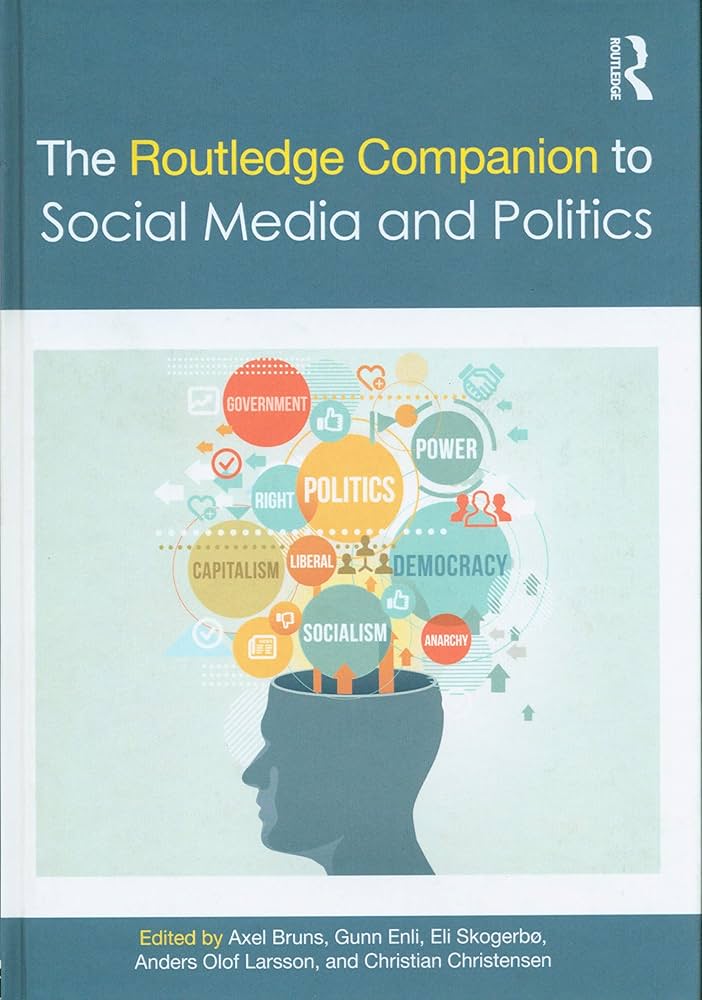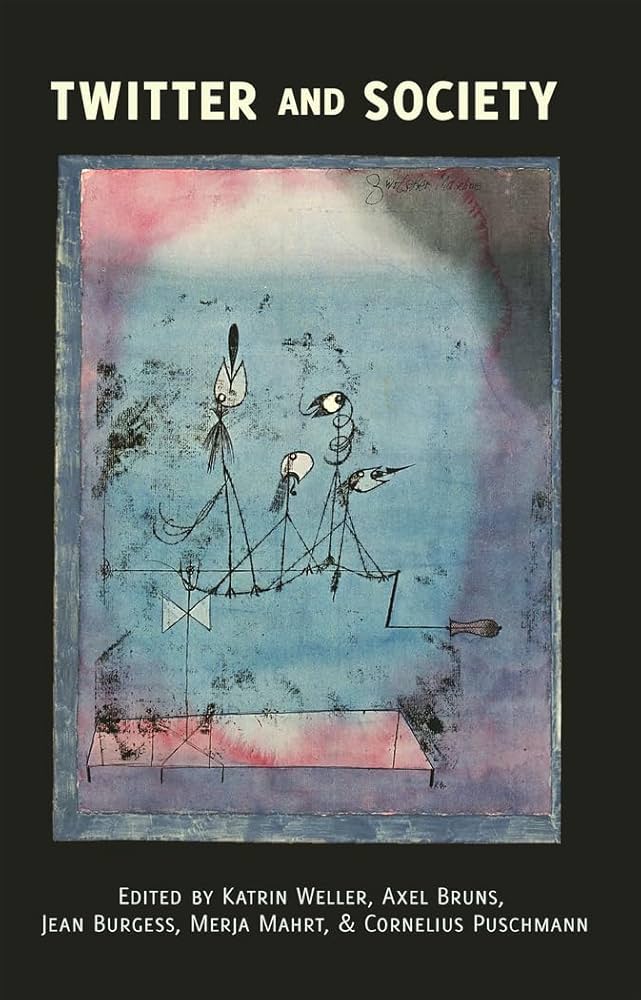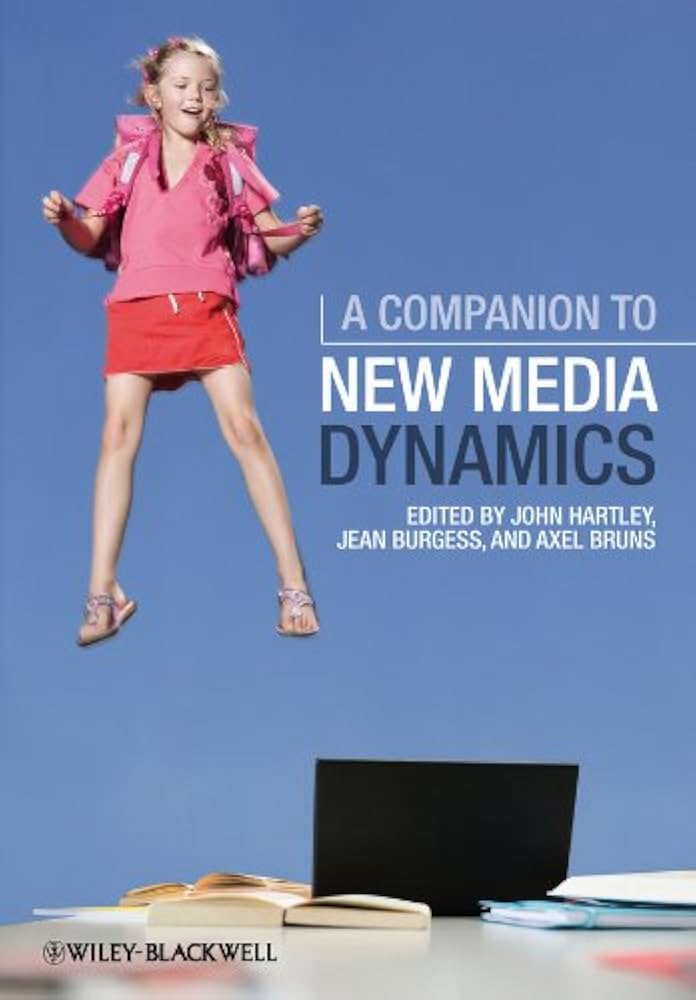Seattle.
The next speaker at AoIR 2011 is Annette Vee, who positions the Wisconsin protests in a wider context of protest movements in recent years. How do social movements travel across transnational networks? What role do digitally-shared social media play in this context?
Annette suggests that synchronous online digital communication platforms are globalising our imagined communities, so that we identify not with our fellow citizens, but with those around the world who share our ideologies. There are some similarities between the revolt against the Mubarak regime in Egypt, and the protests against Governor Walker’s draconian unionbusting laws in Wisconsin; they took place around the same time, at least.
At the same time, there are some very significant differences, of course – Walker is a political extremist, undoubtedly, but was democratically elected, and never engaged in inherently violent tactics against is opponents; other commentators, however, even claimed that the unions occupied the role of Mubarak in the protests, with Walker sweeping away their stifling influence.
At the same time, Egyptian protesters even seemed to send a few messages of support to their Wisconsin counterparts – and some Wisconsin protesters were certainly encouraged by the success of the Egyptian revolt, and by the solidarity shown by Egyptians as well as between them and other protest movements in the Middle East.
Annette examined some 200,000 tweets with the #wiunion hashtag during the 16-22 February 2011 period; she looked especially for the presence of terms relating to the Egypt and Tunisia protests. Such tweets – some 5,400 or 2.6%, directly referenced those protests, and connected them to the local struggle. By contrast, some 1500 #wiunion tweets collected on 6 October 2011 no longer referred to Egypt, but now referenced the Occupy Wall Street and related protests, and their hashtags.
There is a certain identification between Wisconsin protesters and their fellow travellers elsewhere, which shifts over time; through this, they become consubstantial with each other, but remain individual. Additionally, an imagined community might emerge here – but not a national community mediated through mass media this time, but one created through shared social media spaces where we encounter likeminded people from elsewhere in the world. Social media thus become a material cause for these protests; they are not Twitter revolutions, but define the milieu in which the revolutions take place; they are an inseparable part of them.
